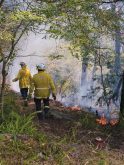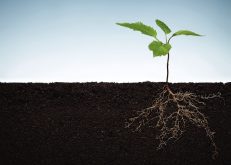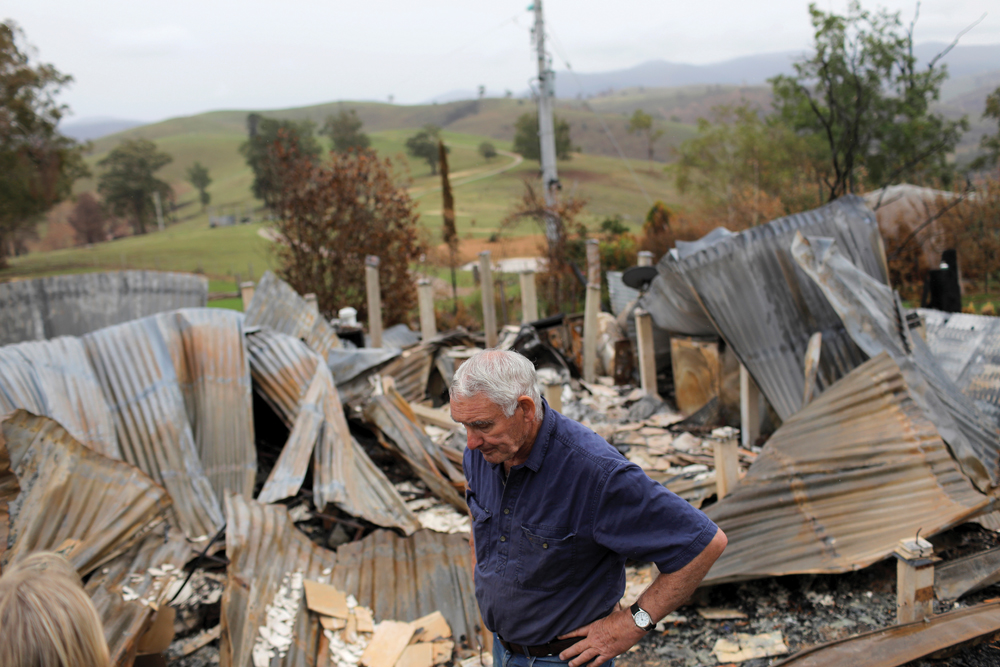Chicago | Reuters – Wildfires in the Texas Panhandle destroyed grain in storage bins and likely killed tens of thousands of livestock, state Agriculture Commissioner Sid Miller said Feb. 29.
One blaze, dubbed the Smokehouse Creek fire, is the largest in Texas history. Grazing lands covered with years of grass that are helped fuel the fire, Miller said.
“It’s almost like gasoline when it goes up,” he said. “We have now lost over a million acres.”
Read Also

Manitoba boosts stake in cereals centre to $23.5 million
Premier Wab Kinew said the additional project funds will help ‘Trump-proof’ the provincial economy.
The wildfire, which raged northeast of Amarillo starting Feb. 26, had blackened 850,000 acres (344,000 hectares) of grasslands and timber by Feb. 28, the Texas A&M Forest Service reported. The state did not know exactly how many cattle have died, but said the number would be large.
“We’ve lost probably tens of thousands of head of livestock, cattle mainly,” Miller said.
Nationwide, the cattle herd declined to its lowest level in more than seven decades as of Jan. 1, after drought reduced the amount of pastureland available for grazing.
Texas is the nation’s biggest cattle producer, and Miller said more than 85 per cent of the state’s herd is in the Panhandle. Most are in feedlots and dairies that are unscathed, though, he said.
Losses will be devastating to individual producers but not be large enough to “drastically change the overall production numbers of cattle in the United States,” Miller said.
Texas had 12 million cattle at the start of the year, according to the U.S. Department of Agriculture.
Feed supplies are scarce for surviving cattle because the fire destroyed grazing lands and bins holding crops like wheat and corn, he said.
“It looks like a moonscape up there,” Miller said. “There’s absolutely zero vegetation. The cattle that do survive, they have absolutely nothing to eat.”
The state is collecting donations to help farmers bury dead animals, erect barns and buy new fencing materials, Miller said.
Livestock supply stations have also been set up to collect donations of fencing supplies and hay, said Ben Weinheimer, president of the Texas Cattle Feeders Association.
“Cattle producers are doing everything in their power to protect their livestock while also protecting their families,” he said.















